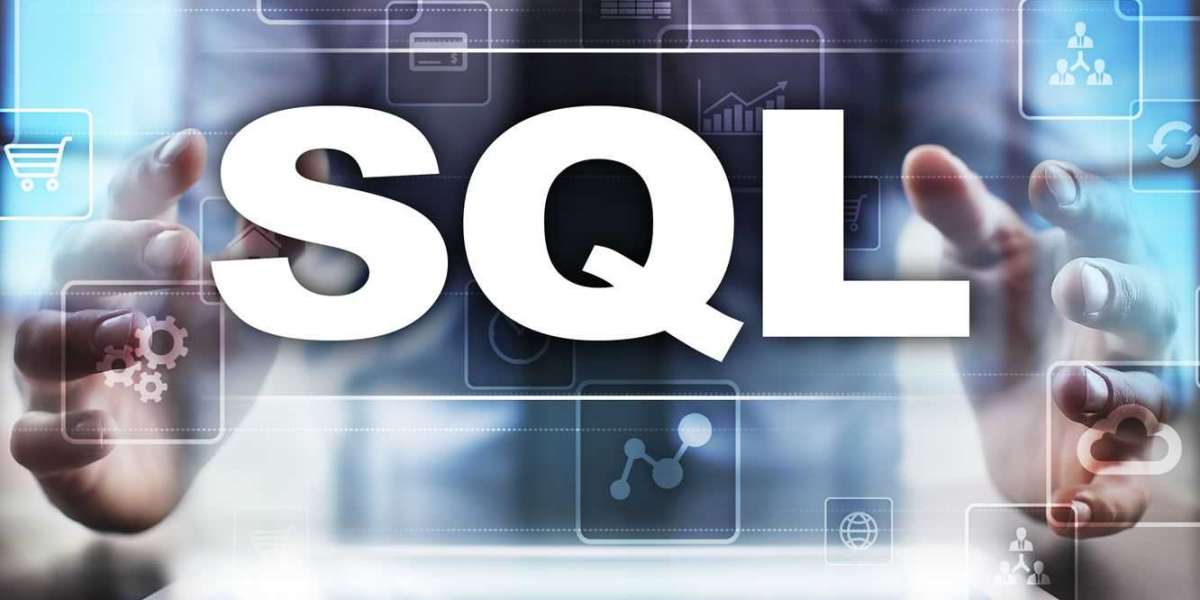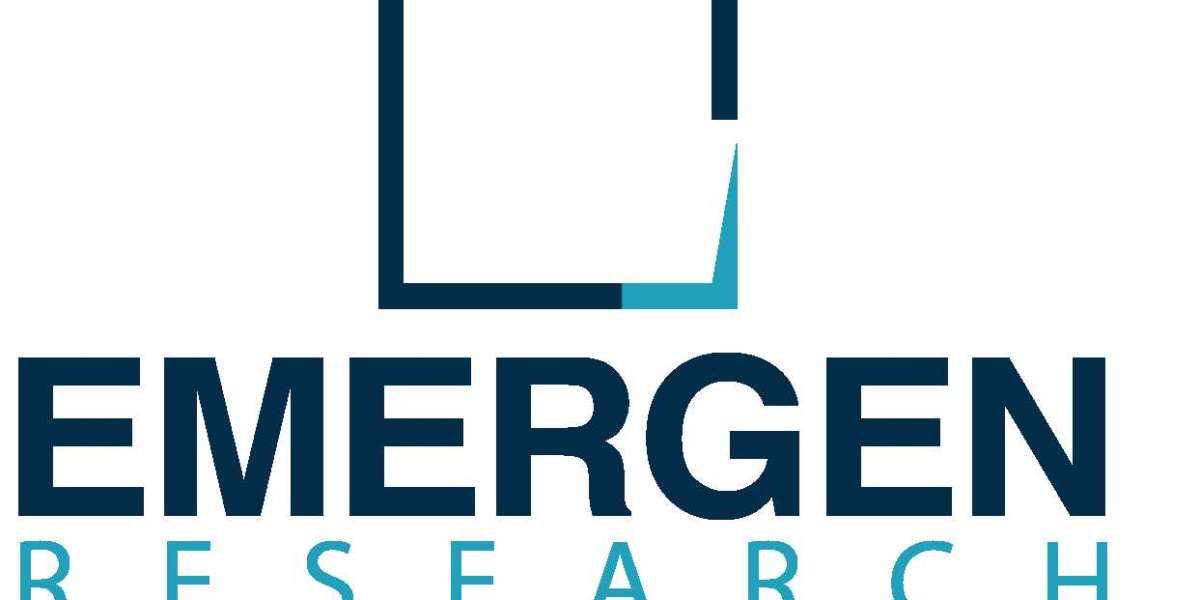SQL, or Structured Query Language, is one of the most popular and powerful programming languages used in a relational database management system. To understand SQL, you must first understand what a database is. A database is a collection of information for easy access, management, and maintenance. We should also know what data is. Data deals with certain facts like numbers, integers, decimals, characters, and Boolean values. As you have such a large pool of data, you need to store that data. Especially in the 21st century, as we all use social media and terabytes of data are generated in a second, we have to store that data. Thus, we need a database. A database will store and manage the data efficiently. To illustrate with an example, suppose we have a company, and we have a large number of employees in the company. And we have a large number of departments in the company. A database is required to store all the company's data in one place. Suppose, in the company, you have a sales department, a marketing department, a technical department, etc. Each department in the company will have a large amount of data. A database will collect all the data in each department and store it in separate tables. Examples of databases include telephone directories, customer data, product inventory, etc. Whenever you work with a database, there must be a logical structure for it.
This is called the data model. Generally, data models can be broadly classified into 2. The first one is an object-based logical model and the second one is called a record-based logical model. Let me first explain the object-based logical model. An object-based logical model is a blueprint of your database. Suppose you take an employee database, you must have an idea of the blueprint. You must know how different attributes of employees are related, and what the relationship between employee and department is. You know about all these, you should have the blueprint. This blueprint is called the entity-relationship model. An entity relationship model is a type of object-based logical model. The entities here will be tables. You must know that when we talk about an employee. An employee is an entity. Department is also an entity. To know about the relationship between entities, you should make an entity-relationship model. To illustrate the record-based logical model, it is our blueprint. We have to implement these models and we implement them through records. There is another type of data model called the relational data model. The relational data model is the process of storing data using columns and rows. Each column will define a specific attribute. For example, when we look into details of the employee like age, gender, etc, these data are stored in columns. A row gives you information on all the details of the employee. For example, name, employee ID, salary, and all details will be illustrated. Thus, the relational data model is the process of storing the data in the form of rows and columns. Another data model is the hierarchical data model. This data model is illustrated in the form of a tree-based structural model. When we talk about the network data model, it is a data model in the type of graph. Thus, there are different features of data models of a database.
Another section to look into is DBMS. DBMS expands the database management system. If you have a database with you and if you need to deal with that database efficiently, you need a database system and DBMS is an effective management system that can be used for this. There are different types of database management system operations or DBMS operations. Those are adding new files, inserting data, retrieving data, modifying data, removing data, and also removing files. So, if you are a student or professional and if you pursue an SQL career, you will come across all these basic aspects of SQL, like data, databases, and database management systems, or DBMS.
SQL Trainingsfrom JanBask to build your Career
JanBask is a leading service provider to help you strengthen your career through SQL Trainings. SQL Trainings teach you the fundamentals as well as advanced concepts of SQL. SQL is the standard language for relational database systems and is considered to be a popular database that is open source and free. The various applications of the SQL language include data analysis and different reporting environments.
Why you should join JanBask for SQL Trainings?
SQL Certification for Beginners is a professional MS SQL Server Certification training program that will help you advance in your career. These SQL Trainings will help you learn the very basic concepts of SQL language to the most advanced concepts and technologies of the language. Getting SQL Training will help you achieve dynamic growth in your career and enable you to reach the pinnacle of success in your career. This is why SQL Trainings are trending in the current scenario.
Schedule a free SQL Trainings demo class from JanBask to understand the basic concepts of the SQL language and learn about its applications. The free demo class from JanBask covers the very basics of SQL up to the most advanced level of SQL training, including all major aspects of SQL like databases, servers, etc. We are sure that our cost-effective demo class will help you. Also, the cost of our certification is very low, but we have various offers and deals that you can never resist, and these offers are available to anyone who accesses this course.
The future scope of SQL
In this digital world with technology moving at such a fast pace, the future scope of the SQL language is immense. The applications of SQL are immense, ranging from science and technology to retail, finance, and much more. SQL Trainings will provide access to a plethora of job opportunities both in India and abroad, and if you can outperform other candidates with your SQL language skills, you will have a bright future in your career.


